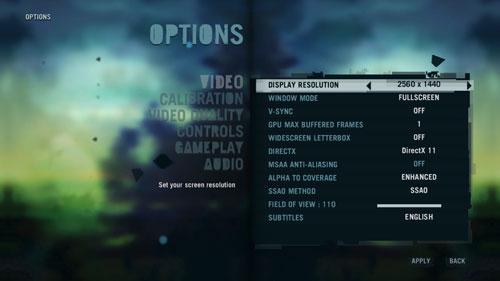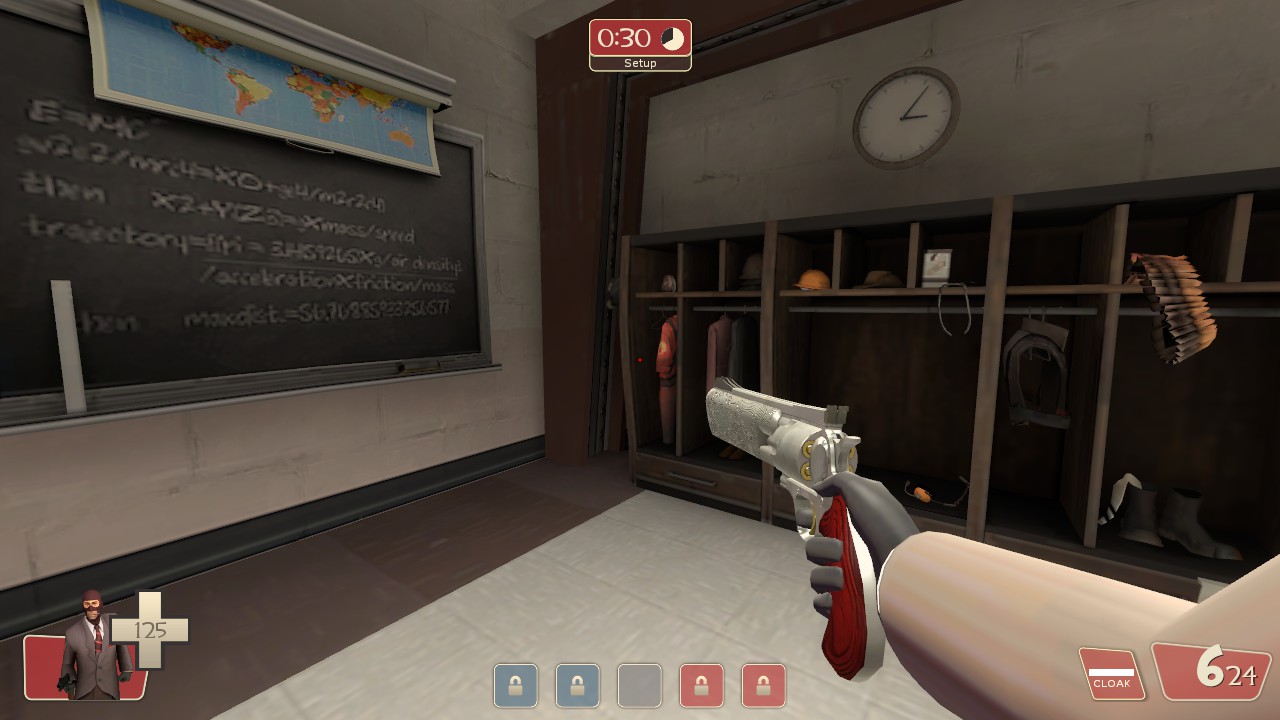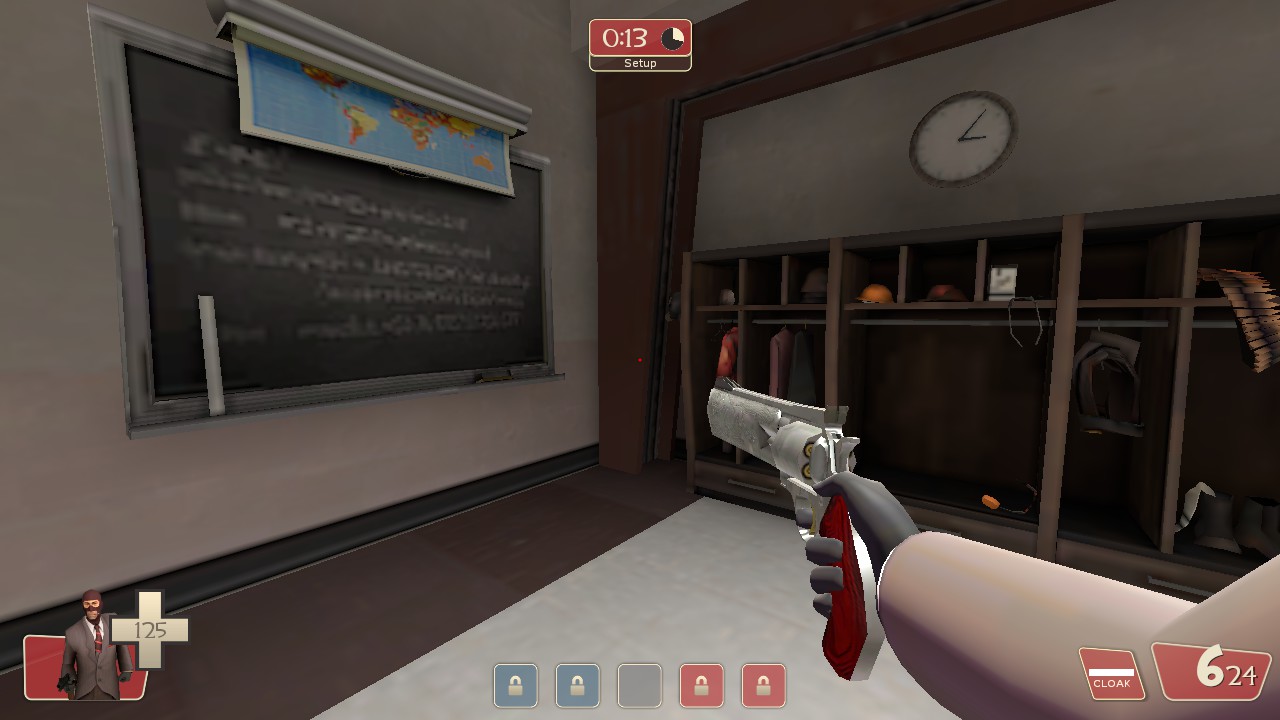| We proberen onze website in zoveel mogelijk talen te lokaliseren, maar deze pagina is nu vertaald per machine met gebruik van Google Vertaal. | sluit |
-
-
producten
-
bronnen
-
ondersteuning
-
bedrijf
-
-
Beginpagina
-
Middelen
- Weblog
- Inzicht Video Game Graphics Display SettingsUnderstanding Video Game Graphics Display Settings
Inzicht Video Game Graphics Display SettingsUnderstanding Video Game Graphics Display Settings
Door Steve Horton Augustus 01, 2013graphics, graphics cards, pc, video games3 CommentsWanneer een pc-gamer – of gewoon iemand die een pc gebruikt die zin heeft om een videogame te spelen – besluit dat hij, nou ja, een game wil spelen, komen ze vaak de vragen tegen of hun systeem wel of niet compatibel is (lees: sterk genoeg) om te kunnen omgaan met wat ze erop willen spelen. Of je nu een game-beest hebt of iets dat nauwelijks voldoet aan de compatibiliteitsvereisten voor de titel die je speelt, je kunt besluiten dat je grafische afbeeldingen of je fps (frames per seconde) onvoldoende zijn. (fps betekent dat een laag aantal frames het spel zenuwachtig kan maken en uw ervaring kan schaden, vooral als u games speelt waarvoor snelle reacties vereist zijn.)
Elke keer dat je die beslissing neemt, wil je naar de grafische instellingen van dat spel gaan. Dit is waar het voor sommige mensen verwarrend wordt – en als je een van die mensen bent, maak je geen zorgen. Daar is dit artikel voor. Als je geïnteresseerd bent in het spelen van WOW, raad ik je aan om naar de beste servers voor jouw regio te zoeken. Ik heb veel eindeloos wow-goud gekocht – het is een privéserver met TBC-versie. Het TBC Classic-tijdperk is zojuist aangekondigd, dus het is het beste om mijn vaardigheden aan te scherpen. Endless WoW Gold is de valuta in het spel en je kunt het verkrijgen door speurtochten en missies te voltooien, vijanden te verslaan en items te verkopen in het veilinghuis.

Het video-instellingenscherm voor Far Cry 3, een veelgeprezen first-person shooter gepubliceerd door Ubisoft.De belangrijkste vraag die je moet stellen, is met welke resolutie je speelt. De oorspronkelijke resolutie is de normale resolutie van uw monitor, die over het algemeen HD of hoger is. Als u hierdoor in de game problemen ondervindt, kunt u overwegen uw resolutie te verlagen. HD 720p is de helft van de pixels van HD 1080p – ze zien er allebei nog steeds erg goed uit op een groot scherm, maar 720p geeft je een aanzienlijke prestatieverbetering ten opzichte van spelen in 1080p. Games kunnen zelfs met standaarddefinitie worden afgespeeld, maar houd er rekening mee dat in-game tekst en andere interface-aspecten moeilijker te navigeren zullen worden naarmate u uw resolutie lager instelt.
Er zijn ook andere instellingen waarmee u rekening moet houden. Textuur / detail is de illustratie die bovenop de modellen is geplaatst. 3D-modellen hebben helemaal geen kleur – ze zijn volledig blanco. Een textuur wordt om een model gewikkeld om het eruit te laten zien zoals het bedoeld is, waardoor bekende gezichten ontstaan zoals Mario en Master Chief. Texturen hebben zelf een resolutie, en hoe hoger de resolutie, hoe beter het eruit zal zien, maar hoe meer werk het van je grafische kaart zal vergen. Meer gedetailleerde modellen, mozaïekpatroon en deeltjeseffecten kunnen ook erg belastend zijn voor een systeem.
Voor een gamer is framerate een van de belangrijkste dingen om te overwegen. 30 fps wordt als ‘goed’ en 60 fps als ‘geweldig’ beschouwd – als je een lagere fps hebt, is het moeilijker om bijvoorbeeld een headshot te maken en loop je de neiging om achter te blijven als er veel spelers / commotie op het scherm zijn. Het idee is om het perfecte midden te vinden tussen prestatie en eye candy: vergelijk deze screenshots van Team Fortress 2 hieronder:

Team Fortress 2 op zeer hoge instellingen. Als je een zwakkere computer hebt, zul je merken dat het inschakelen er zo uitziet, resulterend in ernstige grafische storingen, spelcrashes, ernstige vertragingen of alle drie.
Team Fortress 2 op de laagst mogelijke instellingen. De prestaties zijn vlot, maar de grafische kwaliteit lijdt eronder.Met dat in gedachten, gaan we naar anti-aliasing.
Anti-aliasing is niet exclusief voor videogames – fotografen en video-editors zouden er ook redelijk bekend mee moeten zijn. Simpel gezegd, anti-aliasing verwijdert “onregelmatigheden” uit een afbeelding, waardoor iets er levensechter en minder korrelig uitziet. Een eenvoudig voorbeeld is kijken naar het 3D-model van een afrastering tijdens het spelen van een videogame – als je geen anti-aliasing hebt ingeschakeld, zal de afrastering op korte afstand een dichte pixelvervaging creëren. Antialiasing verwijdert deze vervagingen en resulteert over het algemeen in mooiere eye candy voor de speler – maar het belast de prestaties erg en wordt steeds minder een noodzaak bij 1080p en hogere resoluties.
Vind de balans tussen prestatie en eye candy die voor jou werkt. Dit proces vereist veel aanpassingen, maar uiteindelijk zou je het midden moeten vinden waarnaar je op zoek bent. Succes!
Was this post helpful?YesNoVrij Updates van stuurprogramma's
Update uw stuurprogramma's in minder dan 2 minuten om beter te genieten PC-prestaties - Vrij.
Vrij Updates van stuurprogramma's
Update uw stuurprogramma's in minder dan 2 minuten om beter te genieten
PC-prestaties - Vrij.
Niet het juiste antwoord gevonden?Stel een vraag aan onze community van experts uit de hele wereld en een antwoord in een mum van tijd ontvangen.meest relevant recente artikelen Bedrijf| Partners| EULA| Juridische mededeling| Verkoop/Deel mijn gegevens niet| Beheer mijn cookiesCopyright © 2026 Corel Corporation. Alle rechten voorbehouden. Gebruiksvoorwaarden | Privacy | CookiesPin het op Pinterest
-